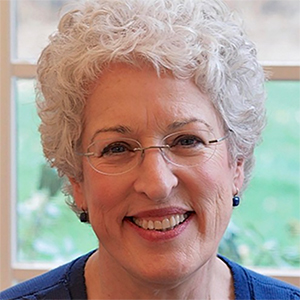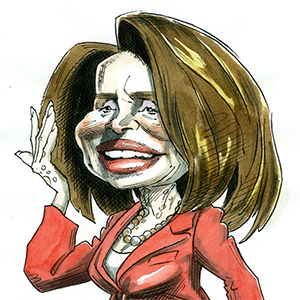Government Benefits: Illuminating Lives through Energy Assistance via LIHEAP, Weatherization Assistance Program, and Energy Efficiency Grants
Published in BenefitsWise
In a world increasingly reliant on energy, ensuring everyone has access to essential energy services is critical. Government benefits like the Low Income Home Energy Assistance Program (LIHEAP), Weatherization Assistance Program, and Energy Efficiency Grants are instrumental in providing energy assistance to households, enabling them to meet their basic energy needs and live in comfort and safety.
Low Income Home Energy Assistance Program (LIHEAP): LIHEAP is a federally funded assistance program aimed at helping low-income households manage their energy bills effectively, particularly during extreme weather conditions. This program is critical as it ensures that vulnerable households can maintain adequate heating and cooling, safeguarding residents health and well-being. LIHEAP provides financial assistance to manage energy costs, avoiding disruptions in energy services due to inability to pay.
Weatherization Assistance Program: The Weatherization Assistance Program helps low-income families reduce their energy bills by making their homes more energy-efficient. The program provides services like installing insulation, sealing leaks, and modernizing heating and cooling systems, thus improving energy conservation. By enhancing energy efficiency, this program helps in reducing energy consumption and costs for low-income households, enabling them to allocate their resources to other essential needs.
Energy Efficiency Grants: Energy Efficiency Grants are designed to promote energy conservation and reduce energy consumption by supporting the implementation of energy-efficient practices and technologies. These grants assist households, businesses, and organizations in implementing energy-saving measures, thereby reducing energy costs and environmental impacts. Such grants are pivotal in fostering sustainable energy use and mitigating the effects of energy price fluctuations on low-income households.
These programs are interwoven threads in the larger fabric of government benefits, aimed at ensuring that no household is left in the darkliterally and metaphorically. They empower families, particularly those with low income, to gain access to essential energy services, enhancing their quality of life and ensuring they are not exposed to health risks associated with inadequate heating or cooling.
In conclusion, energy assistance programs like LIHEAP, the Weatherization Assistance Program, and Energy Efficiency Grants are vital components in the governments approach to ensuring universal access to essential energy services. These programs are not just about keeping the lights on; they are about promoting energy conservation, supporting sustainable living, and, more importantly, ensuring the well-being of every citizen. By focusing on equitable access to energy and promoting energy-efficient practices, the government is taking a significant step toward a more sustainable and inclusive future, ensuring that energy poverty does not hinder the progress and well-being of its citizens.
Note: These articles are not a substitute for professional financial or legal advice. Always consult professionals for your specific needs.
This article was generated by Open AI with human guidance and editing along the way.





























Comments